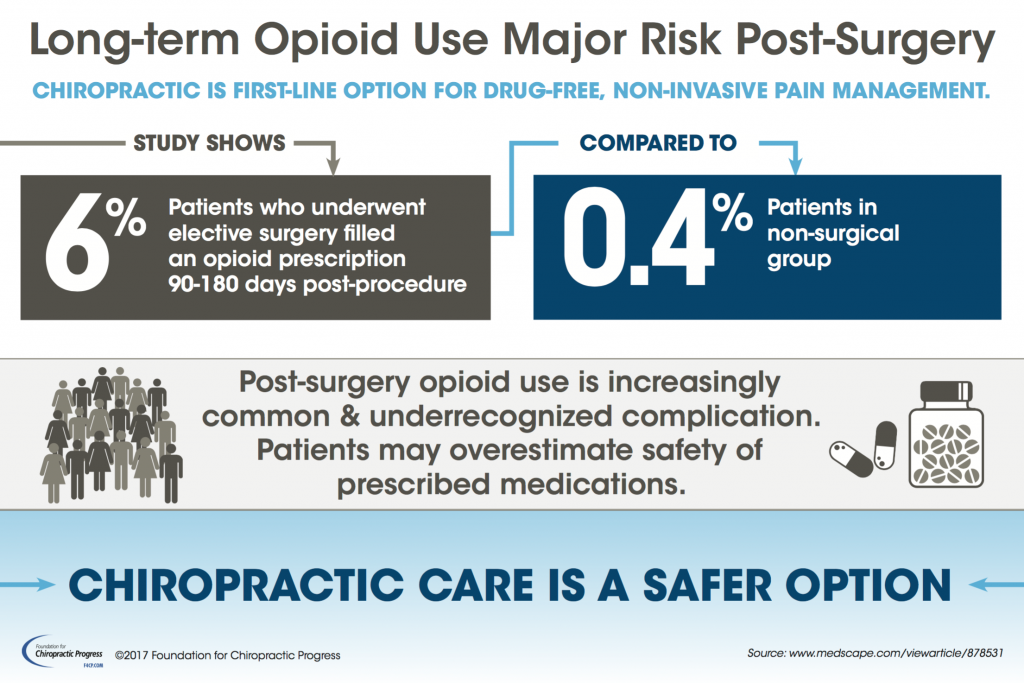An In-Depth Analysis Of Cold Laser Therapy: Unraveling Its Devices And Effect
An In-Depth Analysis Of Cold Laser Therapy: Unraveling Its Devices And Effect
Blog Article
Post Writer-Harbo Hutchison
You may have heard of cold laser treatment as a promising therapy choice for numerous conditions, but have you ever before asked yourself exactly how it in fact works on a cellular level? Understanding the systems behind this therapy can shed light on its performance in advertising healing and reducing inflammation. By discovering the scientific research behind cold laser treatment, you'll obtain insights right into the remarkable methods which light can affect cellular procedures and facilitate cells fixing.
Just How Cold Laser Therapy Functions
To understand just how cold laser therapy functions, you need to comprehend the basic principles of just how light power communicates with biological cells. Cold laser treatment, also known as low-level laser therapy (LLLT), uses certain wavelengths of light to penetrate the skin and target hidden tissues. Unlike the intense lasers used in surgeries, cold lasers give off reduced levels of light that don't produce heat or trigger damage to the cells.
When darienne lake age get to the cells, they're soaked up by components called chromophores, such as cytochrome c oxidase in mitochondria. This absorption causes a collection of biological responses, consisting of enhanced cellular energy manufacturing and the release of nitric oxide, which enhances blood flow and decreases inflammation.
Moreover, the light energy can also promote the manufacturing of adenosine triphosphate (ATP), the energy currency of cells, aiding in cellular fixing and regeneration processes.
Essentially, laser therapy fo takes advantage of the power of light power to advertise recovery and alleviate pain in a non-invasive and gentle fashion.
Systems of Action
How does cold laser therapy in fact function to generate its therapeutic results on organic tissues?
Cold laser treatment, also referred to as low-level laser therapy (LLLT), runs through a process known as photobiomodulation. When the cold laser is put on the skin, the light power passes through the tissues and is soaked up by chromophores within the cells.
These chromophores, such as cytochrome c oxidase in the mitochondria, are then stimulated by the light energy, bring about a waterfall of biological responses. One vital system of activity is the improvement of mobile metabolism.
The soaked up light energy boosts ATP production in the mitochondria, which is important for mobile function and fixing. Additionally, cold laser therapy helps to reduce inflammation by inhibiting inflammatory arbitrators and promoting the release of anti-inflammatory cytokines.
This anti-inflammatory result adds to discomfort relief and cells healing.
Healing Results
Comprehending the therapeutic effects of cold laser therapy involves identifying just how the improved mobile metabolism and anti-inflammatory homes contribute to its positive end results on biological tissues.
When the cold laser is put on the affected location, it promotes the mitochondria within the cells, resulting in increased manufacturing of adenosine triphosphate (ATP), which is vital for mobile feature and fixing. mls laser therapy near me in cellular energy increases the recovery process by advertising tissue regeneration and reducing inflammation.
Furthermore, the anti-inflammatory homes of cold laser therapy aid to decrease pain and swelling in the targeted area. By hindering inflammatory mediators and promoting the launch of anti-inflammatory cytokines, cold laser therapy aids in alleviating pain and improving the overall healing reaction.
https://stress-relief99988.blogaritma.com/32139224/experience-an-innovative-technique-to-recovery-severe-and-chronic-injuries-via-cold-laser-treatment-and-witness-firsthand-the-transformative-results-it-can-carry-your-recovery-process in swelling not only gives instant alleviation yet likewise supports long-term tissue repair work.
Verdict
Finally, cold laser therapy functions by promoting mobile repair service and tissue regeneration via photobiomodulation. Its anti-inflammatory properties offer pain alleviation and minimize swelling by hindering inflammatory arbitrators.
This therapy provides a comprehensive approach to healing, providing both instant relief and long-term tissue repair service advantages.
Through its mechanisms of activity, cold laser treatment shows to be an efficient and promising treatment choice for a selection of problems.
